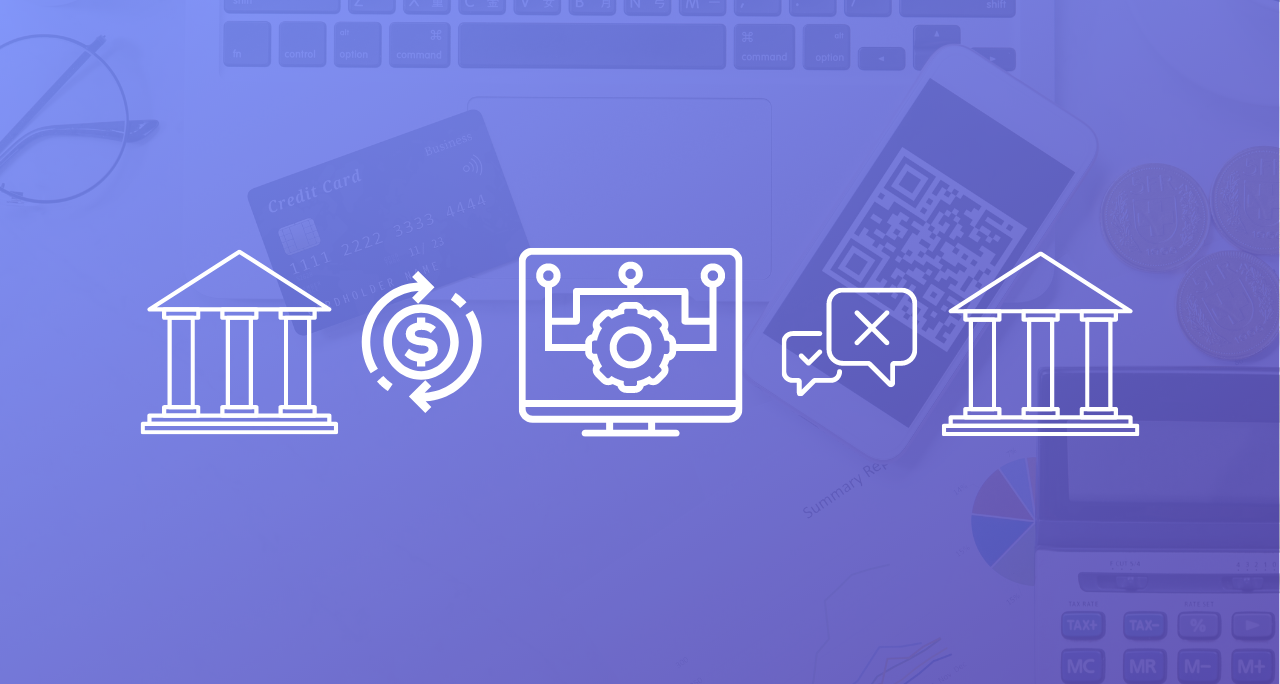As you own an eCommerce store, it’s pivotal to choose the best payment gateway. However, with a myriad of options out there, it’s certainly not an easy decision. Not only will you have a tough time while zeroing upon the best platform, but you must also think which gateway is best to meet your specific requirements
Here are things you must keep in mind while selecting the best payment gateway:
Is the payment gateway supported on your eCommerce platform? So it turns on which eCommerce platform you are going to use, whether something SaaS-based like Shopify or BigCommerce Or a self-hosted platform likes WooCommerce or Magento. No matter what platform you choose, there is going to be a range of off-the-shelf plugins or attachments helping you blend with major payment gateways. Thus, you need to choose a payment gateway having a plugin for your platform. How you want customers to enter their payment details directly on your site? There are three ways to take payment details from a customer.
- Payment form on your site, details posted to your server – Customers find it easy to enter their payment details into a normal form on your site, however, that’s not a secure way thus you need to take very serious security precautions to remain PCI compliant. Still, it is certainly not a cost-effective option.
- iFrame or redirect- This allows taking payment details directly through your site by putting the checkout form in a secure iFrame (within a page on your site) or redirecting customers to a hosted payment page. It’s certainly not easy to get the payment form to match the rest of your website with these approaches; it’s still the most secure option.
- Payment form on your site, details sent straight from browser to secure payment gateway (not via your server) – Stripe payment gateway’s Stripe.js, is again a useful solution, as this allows your customers to type their card details into a form on a page served from your site, however, the Stripe.js code communicates directly with the Stripe server.
This way the card details of the customer will never pass through your web server. Do you want a payment gateway and merchant account or an all-in-one payment assistance provider? There are payment providers like SagePay or PayPoint offering just a payment gateway, asking you to have your own merchant account, which is the special bank account that the money passes into different from your regular business bank account.
There are other payment providers like PayPal and Stripe offering payment gateway and merchant account. This is certainly easier than getting a merchant accounts as it involves fewer setup and monthly fees, though the per-transaction fee is higher. Do you want to offer PayPal? There is no need to limit yourself to one payment gateway as there are many eCommerce platforms that enable you to offer multiple payment options to your customers.
Among them one is PayPal. Many consumers have PayPal accounts and most of them opt to pay by PayPal instead of entering credit card details into yet another website. Thus, even when you don’t use PayPal as your main payment gateway, you can consider offering PayPal as an alternative way for customers to pay.
What are the fees? Payment gateways and merchant accounts charge several different fees comprising of monthly fees, fixed fees per transaction, variable fees based on a percentage of the transaction amounts and extra fees for things like chargebacks, payments from internal cards and more.
Here we name the most renowned payment gateways which can be considered:
- Worldpay
- Authorize.net
- Adyen
- Stripe
- PayPal
